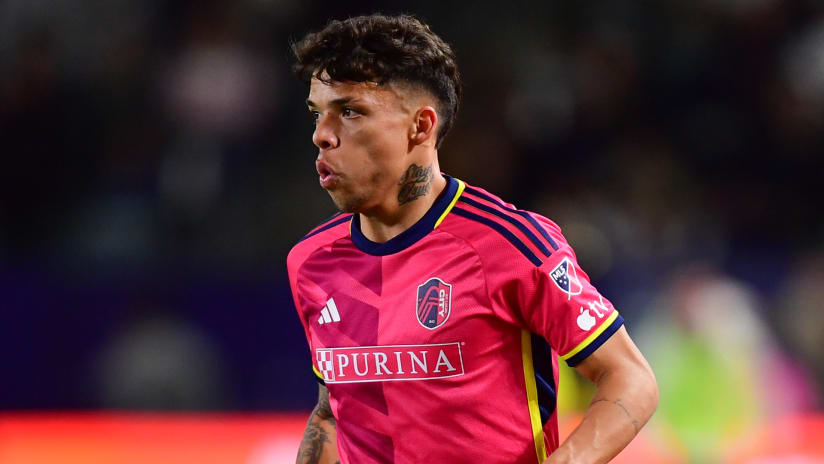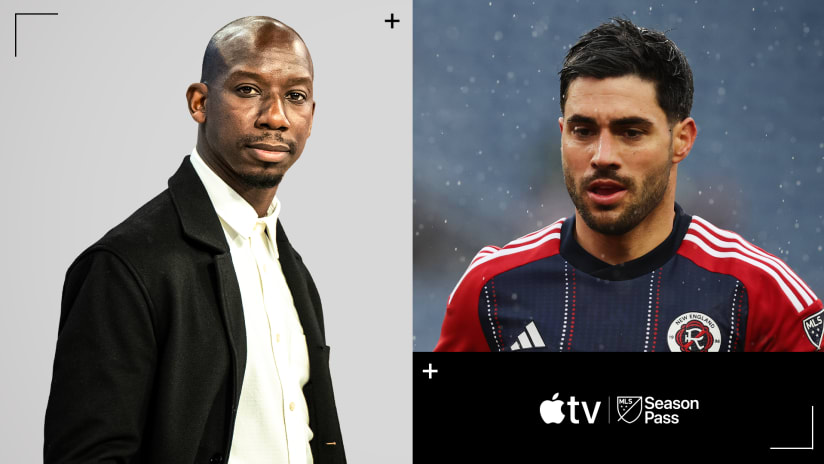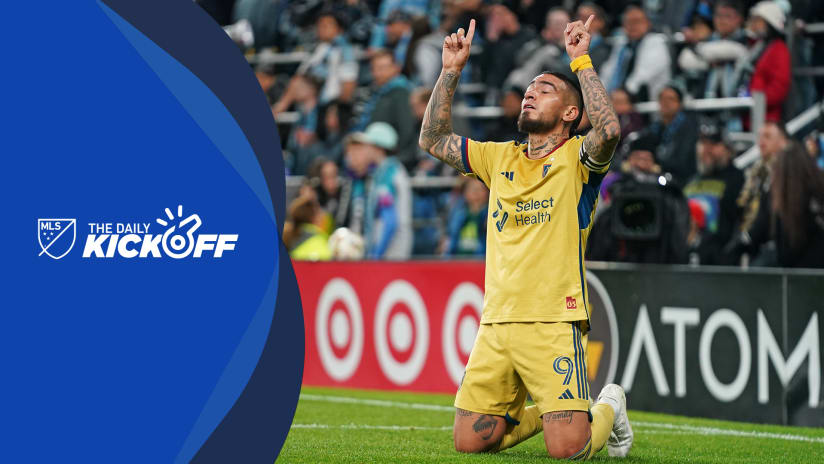there was no doubt who was in charge and who set the direction. When I added Alexi Lalas in 2001 he was our locker room leader and gave the team direction off the field. MetroStars coach Bob Bradley traded Eddie Pope away and acquired Jeff Agoos during the offseason in the hope that Jeff will become that locker room leader.
Every team has their on-field leaders. These are guys such as Los Angeles' Landon Donovan, D.C.'s Jaime Moreno, Chicago's Chris Armas -- players who set the tone on the field by example and through their skill and performance. These kinds of players are vitally important.
There are other players who set the tone in the locker room. Lalas and Ezra Hendrickson are two examples that I know personally. Most teams have someone of this type.
The ideal is to have a player who combines both. Ryan Nelsen was such a player last year for D.C. United. He was one of their better players on the field and the one who set the tone off the field and in training.
A team has a good situation when all the players acknowledge the hierarchy. That means that the team accepts its leaders and the players accept their ranking within the team. The optimum is when the players are content with their role. You do not have players who want to be leaders and feel blocked. You do not have poor players trying to have more influence than the real good players. A player knowing his role does not always mean "how should they play?" More often it means "where do they fit in the team hierarchy?" It is important to know that role.
On the field, players respect performance. They also respect the player who is willing to take the responsibility at key moments of the game. Stepping up to pressure and shouldering the important moments is an important part in becoming a leader of the team.
Off the field, players respect commitment. They also respect the player who will welcome new players, encourage performance at training and is willing to express an unpopular opinion for the good of the team.
Having a player who can handle the on and the off field duties is heaven for a coach. All coaches want a player like this but they are few and far between. However, when this exists you are a better team.
San Jose still has talent this year, but their team hierarchy is in disarray. Gone are Richard Mulrooney, Ronnie Ekelund, Agoos and Donovan -- all who filled different roles and but knew how they all fit together. It is a lot of responsibility on the shoulders of Troy Dayak and new leadership roles are expected of Brian Ching, Brian Mullan and a few others. It takes time and not all players are comfortable with the added load.
When I was at the Galaxy, an important off-the-field leader was Alejandro Moreno. He was not a starter but he set such a great tone for all the subs, because he came to work hard everyday. He set the tone for the other subs to follow; he did not hang his head. He made my job tough each day due to his attitude and effort. That is an example of off-the-field leadership.
The hierarchy within your team is vital when things are going bad. It becomes important in getting through the rough times. Team spirit and camaraderie is usually determined by the off the field order. Who organizes team get togethers, who welcomes new players, how fast the team molds together and integrates itself into a successful unit -- that team spirit helps make teams successful.
The coach cannot control how this order within the team takes hold and forms. The coach can try to guide it, but it is the players who determine the ultimate order. A leader can be encouraged and taught to accept and handle leadership functions within the team. However, a coach cannot create a leader if the player is unwilling or does not possess the ability to perform this function. It does not matter how good a player he is -- leading and playing are often separate functions.
The top of the hierarchy needs to be kept informed by the coach and having a strong leader makes the job easier for the coach. When the roles on and off the field are accepted then team success is not far behind.
Early in the season, every team is searching for this chemistry. Often new players are selected by successful coaches based on what role they can fulfill within the team hierarchy. Every team has leaders.
Good leaders are hard to find. Who is leading your team? Does your team have its hierarchy together? Look for the body language on the team, how they interact in good and bad times and that will give you a clue. But don't necessarily assume that players who are arguing with each other shows a team coming apart at the seams. If the respect is there a disagreement is often healthy.
Sigi Schmid is one of the winningest coaches in MLS history, having led the Los Angeles Galaxy to four honors in his five-plus years at the helm, including the 2002 MLS Cup championship. Send comments to Sigi at sigischmid@hotmail.com. Views and opinions expressed in this column views and opinions are the author's, and not necessarily those of Major League Soccer or its clubs.











